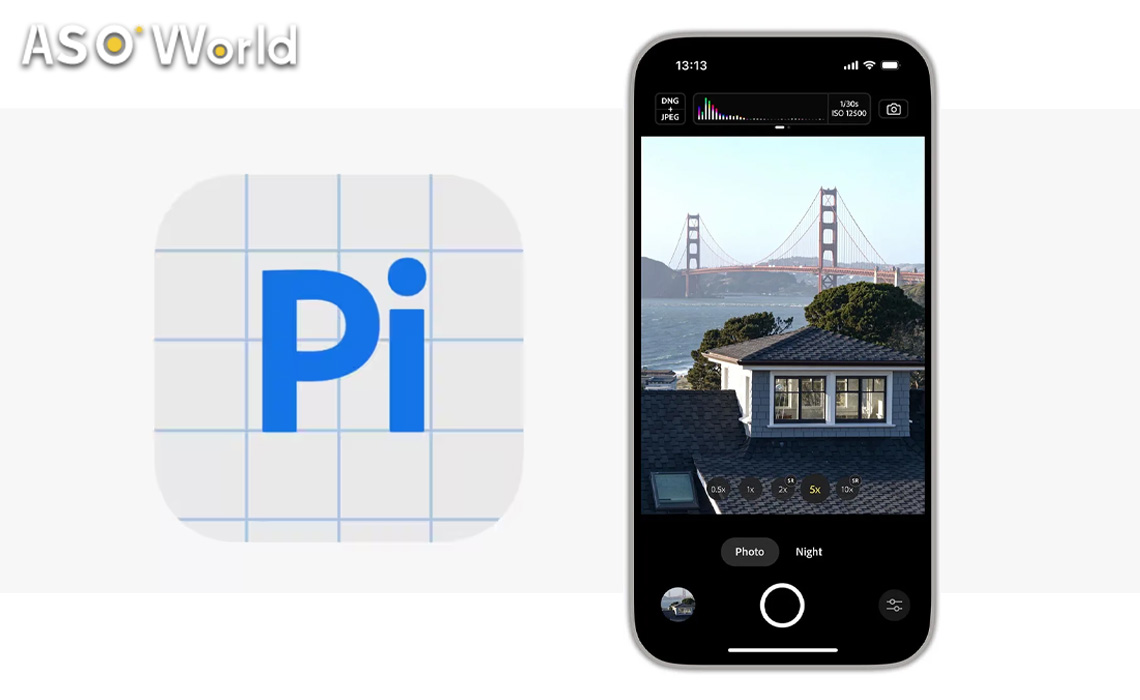In a move that’s set to shake up mobile photography, Adobe has launched Project Indigo, a free iPhone camera app developed by the team behind the original Google Pixel camera. Tired of smartphone photos that look overly bright, flat, or artificial? Project Indigo promises a natural, SLR-like quality while packing advanced computational techniques and full manual controls, making it a game-changer for casual and serious photographers alike.
A Fresh Take on Smartphone Photos
Project Indigo targets a universal pain point: the “smartphone look” with its excessive brightness, low contrast, and heavy processing. Adobe’s solution delivers a more authentic, professional aesthetic, ideal for viewing on large screens. It’s designed for everyone—from casual users seeking better snapshots to advanced photographers craving control and quality—blending accessibility with cutting-edge tools.
Powering Up with Computational Photography
At its core, Project Indigo leverages multi-frame computational photography, capturing up to 32 underexposed frames per shot. This reduces noise, enhances dynamic range, and preserves details in highlights and shadows—building on techniques seen in the iPhone’s HDR and Night modes but with greater depth. The trade-off is a brief processing delay, but the result is noticeably cleaner, more balanced images. Uniquely, this processing extends to RAW/DNG files, a rarity among camera apps.
Mastering Shots with Manual Controls
For hands-on creativity, Project Indigo offers full manual adjustments: focus, ISO, shutter speed, white balance, and exposure compensation. Users can even tweak the number of frames in a burst, balancing speed and noise reduction. A “Long Exposure” mode adds flair, enabling motion blur effects for artistic shots like light trails or waterfalls.
Experimental Tools to Watch
As an Adobe Labs project, Project Indigo experiments with forward-thinking features. One highlight is the AI-driven “Remove Reflections” tool, which cleans up images shot through glass—hinting at innovations that could shape Adobe’s future offerings.
Smarter Zoom and Lightroom Sync
Digital zoom gets a boost with multi-frame super-resolution. Beyond 2× (or 10× on the iPhone 16 Pro Max’s telephoto lens), the app combines multiple frames—using natural hand movements—for sharper results without AI-generated flaws. Plus, seamless integration with Lightroom Mobile lets users edit JPEGs or DNGs effortlessly, with metadata support for switching between SDR and HDR styles.
Availability and Requirements
Project Indigo is free on the App Store, no Adobe account needed. It runs on iPhone Pro and Pro Max models from the iPhone 12, and non-Pro models from the iPhone 14. For optimal performance, Adobe suggests newer iPhones due to the app’s processing demands. Sample photos on the Project Indigo website showcase its capabilities.
Editor’s Comments
Project Indigo blends Adobe’s expertise with the Pixel team’s computational photography legacy, offering a compelling alternative to apps like Halide. Its focus on natural quality, manual flexibility, and experimental AI tools could redefine mobile photography standards. The Lightroom tie-in strengthens its appeal for Adobe users, while its free access broadens its reach. If refined further, this app might not just compete but set a new benchmark for prosumer camera apps, pushing smartphone photography closer to professional realms.

